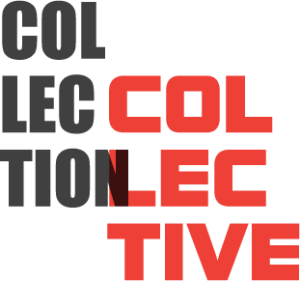By Alejandra Mantilla
 Collecting is usually an individual activity, a personal obsession that becomes materialized in a private collection of objects. In the art world, it is the self-interested counterpart to the institutionalization of art. It is fair to say that since the turn of the 20th century, the attempts to de-privatize art have challenged the idea of art as a mere collectible commodity. However, institutions also have their limitations. They organize around national or local interests, often involving private patronage and other complicated machinations. However, can art collections only be one of the two? Either a fully private or completely public enterprise?
Collecting is usually an individual activity, a personal obsession that becomes materialized in a private collection of objects. In the art world, it is the self-interested counterpart to the institutionalization of art. It is fair to say that since the turn of the 20th century, the attempts to de-privatize art have challenged the idea of art as a mere collectible commodity. However, institutions also have their limitations. They organize around national or local interests, often involving private patronage and other complicated machinations. However, can art collections only be one of the two? Either a fully private or completely public enterprise?
An alternative was organized in 2017 in Bratislava by a group called the Collection Collective. Their mission, as the name describes, to create a collective system of ownership for a collection. The privately organized initiative has gathered artists, critics, curators, amongst others, to collectively put together an art collection, institutionalizing art from the bottom up. The aim is not only to challenge the idea of art as a commodity, it’s also to take art back into the hands of artists, giving them agency over the collection of art. The selection is curated collectively, then it is presented to the public, making it into a mixture of private and public elements. Thus, this system poses interesting questions about the role of artists outside the studio, as it blurs the lines between producers and consumers of art. Artists self-organizing can be an empowering act, a way to bring autonomy and authenticity to an art world that has been increasingly shaken by questions of power and social injustice.
Moreover, beyond the creative aspect, the economical element of the project deserves some consideration. Can this system turn into a viable economic alternative to traditional art collecting?
You can find more information about this project at https://www.collectioncollective.art

